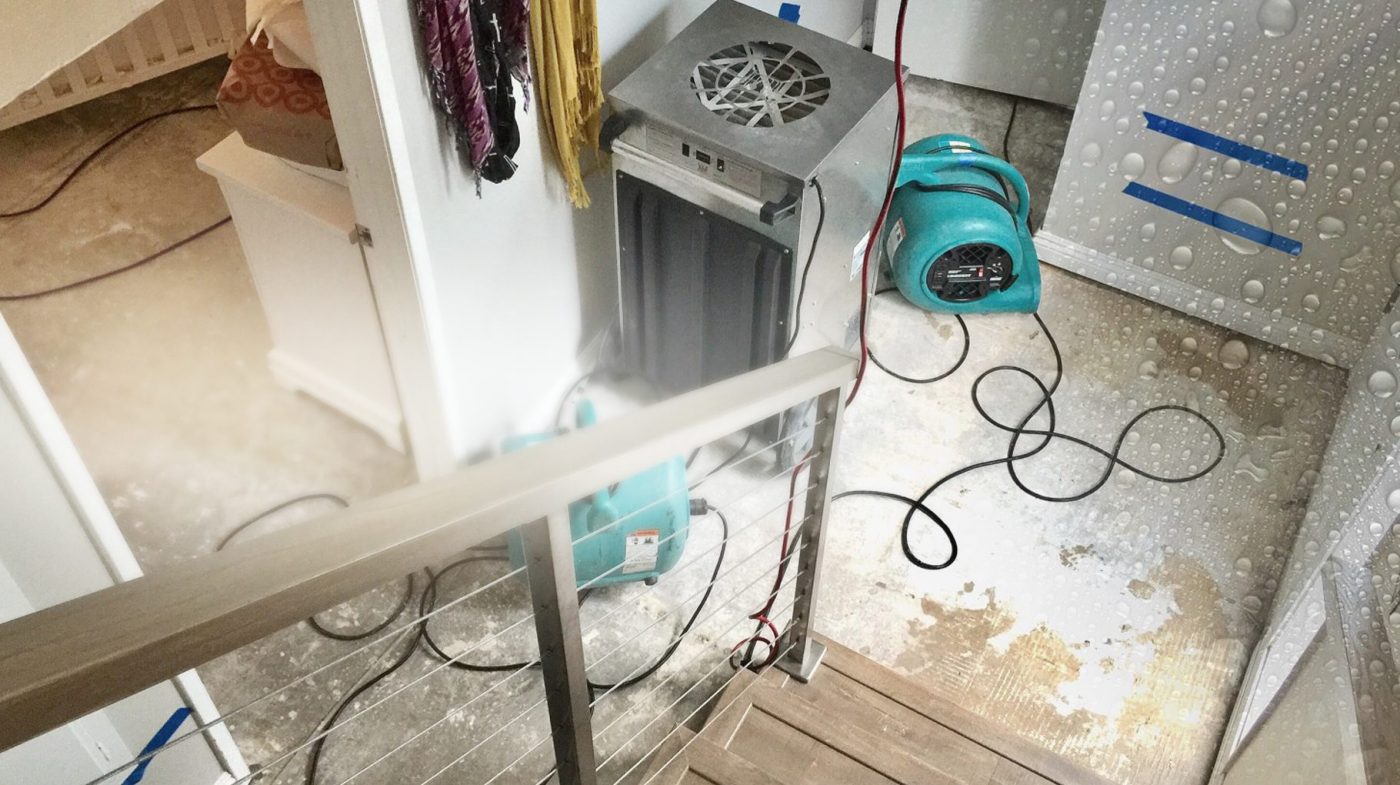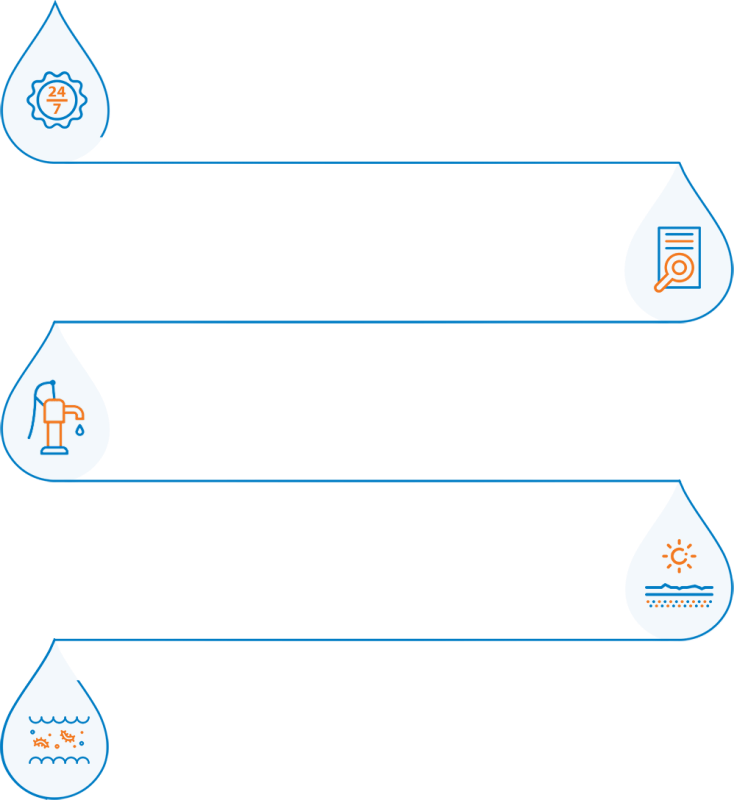

Water damage can have devastating consequences on residential materials. Whether you’re dealing with a burst pipe, a blocked toilet, or out-of-control flooding, water damage emergencies can cause construction materials to soften, decay, rust, or develop dangerous mold.
It’s best to address concerns as soon as they arise to avoid massive property damages and repair costs. Preferred Water Damage helps you address and solve problems, at any stage of the process. Whether you need immediate concerns addressed or assistance with emergency repairs. With our high-standard ultra-modern water repair technology, we can clean and dry out your property on an expedited schedule.

NOTE: If you happen to experience a water damage emergency (such as flooding), please call our emergency hotlines immediately, attached below is a short guide with tips on how to mitigate your problems situation and protect your belongings and family from incurring further losses while help is on the way.

Our Fast And Easy Water Damage REpair Process
Water Damage Repair In five Steps
Water Damage emergencies naturally have a wide potential scope, ranging from topical cleanup to complete structural rebuilds. Here’s a step-by-step guide on how we promptly handle emergencies with the aim of reducing as much hazard and loss as possible:
COMMON WATER
Damage Scenarios
Water damage emergencies may be naturally occurring or man-made
- Flooding
- Storm Damage
- Tornadoes and thunderstorms
- Hurricanes and tropical storms
- Sewage lines
- Water accumulation during firefighting
- Leaking piped water appliances
- Blocked toilets, bathtubs, and sinks drainage
- Flooded undergrounds
Immediate Water Damage Tips
What to DO after you’ve experienced flooding
- Eliminate excess water by dry sponging
- Get rid of excess water by wiping wood and other furniture.
- Take out wet upholstery and cushions for drying.
- Cover furniture legs with aluminum foil to act as a barrier.
- Put on air conditioning to enhance drying in summer.
- Take out all wet rugs for drying.
- Keep décor art objects in a safe, dry place.
- Collect any loose items lying on the floors.
What NOT TO DO after you’ve experienced flooding
- Leave wet stuff in place
- Hang furs and leather goods.
- Leave stationery on wet carpets or floors.
- Use your vacuum cleaner to eliminate water.
- Use electrical appliances such as a television.
- Turn on ceiling lights if the ceiling is wet.
- Stay inside rooms where ceilings are sagging.








